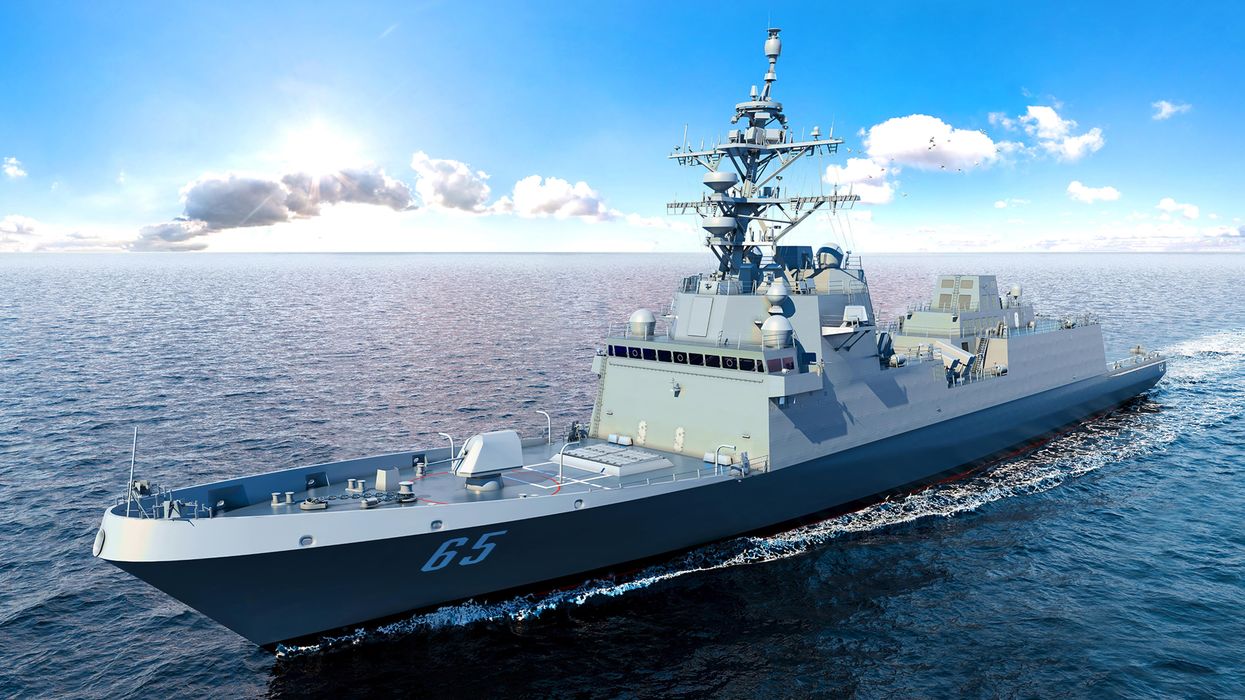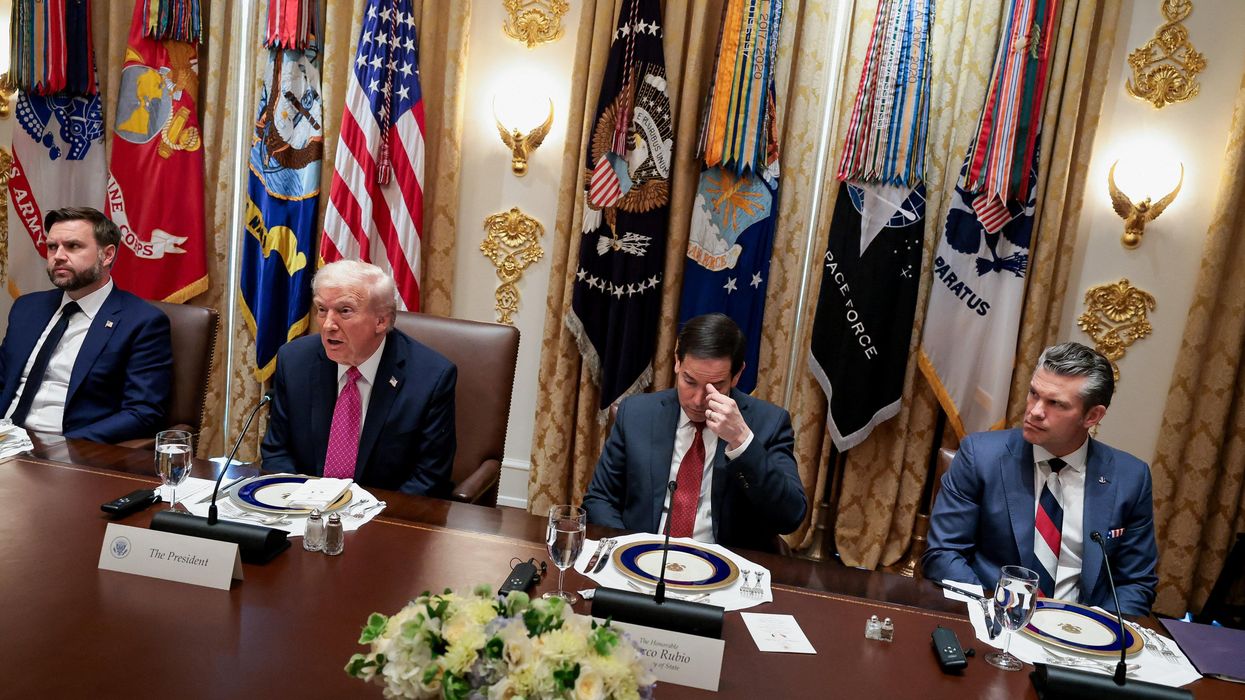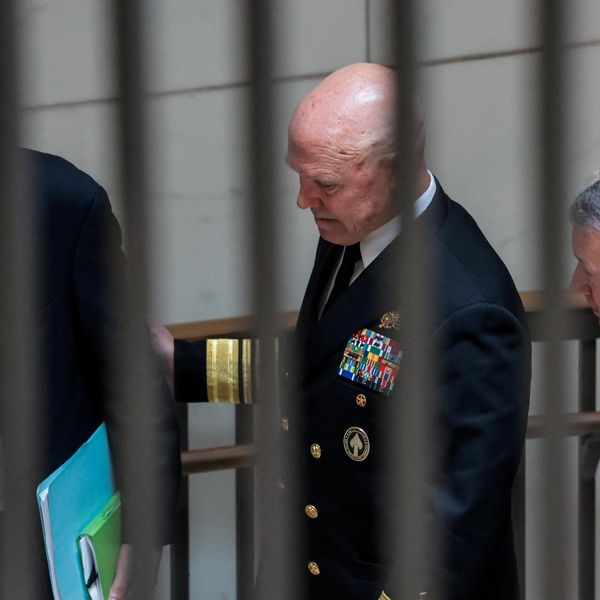If Ukrainian President Volodymyr Zelensky cannot agree in principle with the contours of a peace deal mapped out by President Trump, then the war will continue into 2026. I’d encourage him to take the deal, even if it may cause him to lose power.
The stakes couldn’t be higher ahead of the showdown in the Oval Office today between President Donald Trump and President Zelensky, supported by EU leaders and the Secretary General of NATO.
Following the Alaska Summit, President Trump has articulated the contours of a peace plan that he discussed with President Vladimir Putin. At stake, a long-overdue and much needed end to the blood-letting that has killed or injured one and a half million people so far across both sides.
Can the president get it over the line?
A reported key U.S. concession, hinted at by Special Envoy Steve Witkoff, involves “game-changing” security guarantees for Ukraine that would have the effect of Article 5 coverage without membership of NATO. Zelensky has welcomed this concession and the European “coalition of the willing” issued a statement which “commended” President Trump’s concession on U.S. support.
This is being viewed as a success, as obtaining an American security backstop has been a key aim since the coalition of the willing was formed in March, in the aftermath of President Zelensky’s drubbing in the Oval Office.
But other aspects of the U.S. position will cause concern among the coalition and their transatlantic partners. Ahead of today’s meeting, President Trump has indicated that Ukraine won’t get back Crimea and won’t go into NATO. While the president’s pronouncements on the war have ebbed and flowed, on these two points he has remained consistent. He argued earlier this year that Ukraine should be prepared to recognize Russian occupation of Crimea. Right from the get go, the Trump administration has suggested that Ukraine’s NATO path is unrealistic.
What is different today is that the president has drawn this red line having eyeballed President Putin in Alaska and judged that the Russian position is not going to change. While those European leaders supporting President Zelensky at today’s meeting might press for a softening of this line, it seems, at this late stage, that Trump’s mind is made up.
In some ways the Crimea issue is the least problematic, as the draft Istanbul agreement of spring 2022 allowed for a dialogue about the future status of the peninsula. It also, of course, provided for Ukrainian neutrality and non-membership of NATO. However, after Boris Johnson and others encouraged Zelensky to keep fighting rather than accept the deal, Western leaders have dug in fixed positions on Ukraine’s supposed right to join the military alliance.
When it comes down to it, this war has always been a battle of wills between Russia on one side and the West about the continued eastern expansion of NATO.
If President Trump persuades Zelensky and European leaders into a deal that takes NATO off the table, even if security guarantees are included, it will represent a crushing embarrassment for the Western military alliance that accounts for 55% of global military spending. This will have long term political consequences for mainstream political parties in Europe who have pushed the NATO line to the hilt, and signed up to vast increases in military spending, at the expense of domestic spending priorities.
But I judge, in any case, that NATO is not the most contentious issue to be discussed today.
The biggest sticking point will undoubtedly be the suggestion that Ukraine give up its remaining foothold in Donetsk oblast in return for Russia vacating its much smaller footholds in Kharkiv and Sumy. On the surface, that does not appear a fair trade. Zelensky has flatly refused to concede territory. Ceding unconquered lands in the Donbas that the Ukrainian Army has defended valiantly and at great cost would represent an act of political suicide on his part.
At the start of this year, Zelensky’s election prospects hung in the balance, a commentator at the Kyiv School of Economics remarking that success was contingent upon “the exact terms of the ceasefire, namely, the public perception of them as a ‘victory,’ ‘honorable draw' or 'defeat.'"
Since then, more Ukrainian towns have been swallowed up by Russia’s advance. Few people would be able to see the loss of what is left as anything other than dishonorable defeat. Facing an already slim prospect of re-election as and when a post-war presidential plebiscite is held in Ukraine, this would almost certainly doom Zelensky to lose power.
The flip side, of course, is that one more year of war would take Russia much closer to the complete occupation of Donetsk oblast anyway. The only difference being that possibly hundreds of thousands of additional Ukrainian and Russian troops would die in the intervening period of bloody, attritional warfare.
The only scenarios in which that didn’t happen would be the involvement of European troops on the battlefield, the sudden implosion of Russia’s economy or a change of power in Moscow. While much discussed, none of these have ever looked remotely likely. So, the statesmanlike thing for Zelensky to do would be to look into the future, decide that the best interests in Ukraine lay in cutting his losses, and settle with peace based on concessions that may come at a heavy personal cost.
Having invested so much in supporting Zelensky, European leaders won’t want to see him fail. And yet there are costs to them too, in supporting him holding out for another year of war the outcome of which is increasingly predictable. As I have pointed out several times before, Europe cannot afford to keep funding the Ukrainian war effort.
If President Trump can align Europe around the need to bring this dreadful war to a close it will represent a monumental achievement on his part. The cold truth is that no one is winning here, not Russia, NATO and most definitely, not Ukraine.
Securing the peace is often tougher than prosecuting a war. In the best interests of his magnificent country, I would encourage Zelensky to take the deal.
- On Ukraine war, Euro leaders begin to make concessions — to reality ›
- Why Trump gets it right on Ukraine peace ›
- 'Security guarantees' take center stage at White House meetings | Responsible Statecraft ›
















